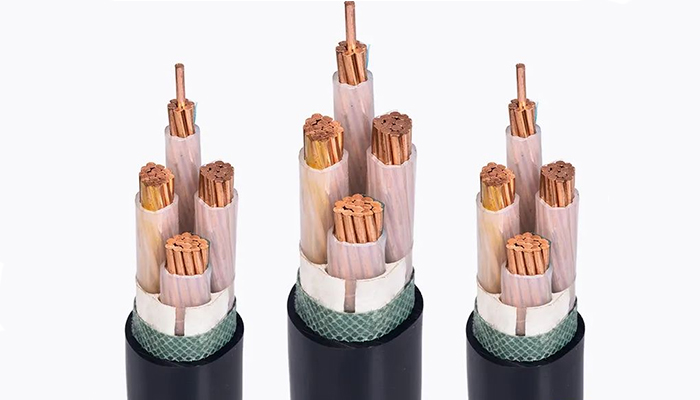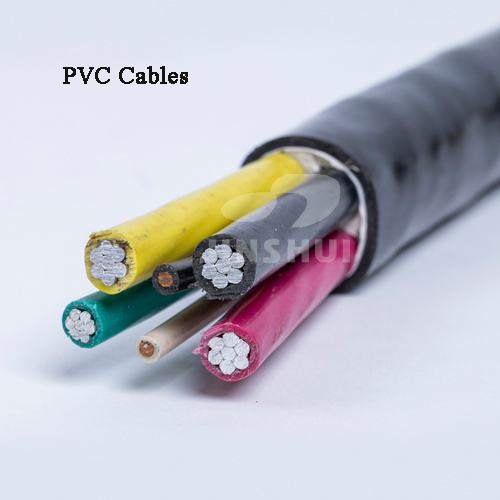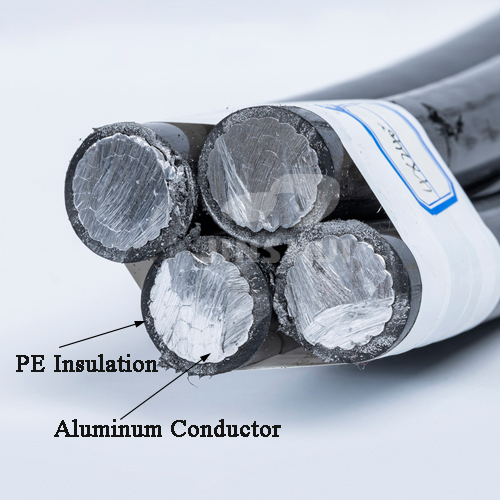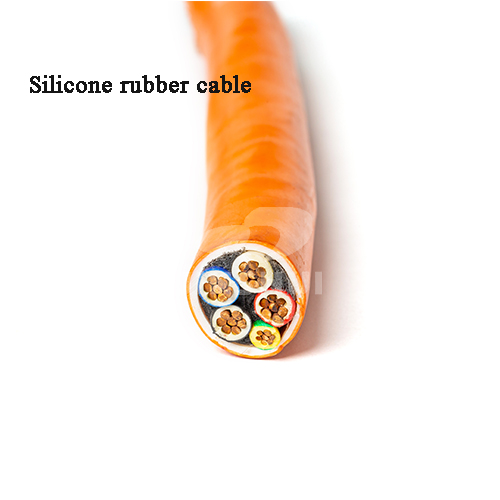- Offices Time:24 Hours Online
- Email:[email protected]
- WhatsApp:+8618339938759

Posted on July 26, 2024
High temperature cable introduction
In the cable industry, different types of cables have received widespread attention due to their unique performance and application scenarios. The following is a detailed introduction to several common cables, with special emphasis on their temperature range and main features, as well as their performance in actual applications.

1. Polyvinyl chloride (PVC) cable

– Temperature range: about 70℃ to 105℃.
– Features: This cable is favored by home users because of its affordability and wide range of uses. However, its high temperature resistance is limited, and its performance will drop significantly once the ambient temperature rises.
– Practical application: In the process of home decoration, many electricians tend to use PVC Insulation cables, but when using high-power electrical appliances in summer, the cables may overheat and pose a safety hazard. Therefore, it is recommended to use more heat-resistant cables in high-temperature environments.
2. Polyethylene cable

– Temperature range: usually between 75℃ and 85℃.
– Features: PE cables are known for their good durability and waterproof performance, but their temperature resistance is relatively general.
– Practical application: For example, PE cables for water pumps may fail due to heat after long-term operation, so in these cases, it is a wiser choice to choose high-temperature resistant cables.
3. Polytetrafluoroethylene cable
– Temperature range: about -200℃ to 260℃.
– Features: PTFE cable is a high-performance cable with excellent high-temperature resistance, low-temperature resistance and corrosion resistance, and is widely used in extreme environments such as aerospace.
– Practical application: Due to its excellent performance, PTFE cables are widely used in industrial and scientific research fields that need to withstand extreme temperatures.
4. Silicone rubber cable

– Temperature range: usually -60℃ to 180℃, and some specially treated models can reach 250℃.
– Features: Silicone rubber cables are known for their good elasticity and high and low temperature resistance, and are very suitable for use in harsh environments.
– Practical application: In industrial equipment, especially in high-temperature environments such as steel mills, silicone rubber cables are widely used due to their excellent temperature resistance.
5. Mineral insulated cable
– Temperature range: Normally up to 250℃, even up to 1000℃ for a short time.
– Features: The cable is known for its excellent fire resistance, high temperature resistance and corrosion resistance, and can be used in almost any harsh conditions.
– Practical application: In extreme environments such as nuclear power plants, steel mills, tunnels, etc., cables are the first choice due to their excellent performance.
When choosing cables, the most suitable cable type should be determined according to the specific use environment and needs to ensure safety and efficiency. When producing these cables, Zhengzhou Jinshui Industrial Co., Ltd. will also provide customized solutions according to different application scenarios and customer needs.
Post categories
Most Popular Posts
-
The 136th Canton Fair welcomes you to participate!
October 12, 2024 -
High temperature cable introduction
July 26, 2024 -
Kenya Power and Energy Exhibition 2024
June 11, 2024 -
Introduction of rubber sheathed cable
June 5, 2024




